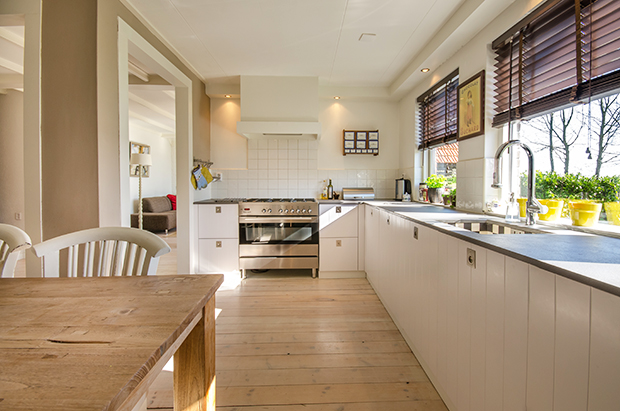It’s no secret that energy bills are on the rise. We are informed almost yearly that our utility rates are going to increase, and we are powerless to do anything about it. Or so it seems.
While it’s true that we are increasing the number of electrical components within our homes, there are a number of ways to keep the additional financial strain at bay by making a few simple lifestyle changes. Many homes are installing solar PV systems onto their roofs and switching to LED globes, but this is only half the battle.

These technologies can reduce the reliance on the grid, but a more effective way is to understand when and how we use electricity in our homes, as well as what parts of our homes are making us use more power. From here we can identify trends and areas of opportunity, allowing homeowners to actively manage their power usage.
When it’s cold outside, but not inside
A lot of energy goes into heating and cooling our homes, and understanding what can affect how efficiently we can control this plays a huge part in our energy consumption. Before looking into how long you run a reverse cycle air-conditioner for, take a look through your home to find any cracks or vents.
Cracks, vents, and even inefficient door seals are avenues for heat to either enter or leave your home, and sealing them up takes some of the strain off the heating and cooling system. Less strain means it does not have to work as hard, and so uses less power. Blinds and shutters can have a similar effect. By keeping in mind when we open and close them, we can play an active part in adding or reducing the amount of heat within our homes.
Making the switch
With our comfort levels under control, we can now look at the rest of the home. Some tips will seem straightforward enough, such as turning off a light in an empty room. Regardless of how little power they may draw, an LED globe will still cost money if it’s on.
What isn’t as noticeable, however, are the items which we turn off that remain on standby. Televisions, home theatres, microwaves – all of these appliances still draw a small amount of power when in standby mode, and these amounts can quickly add up.
Resolving this in the past was usually the very low-tech method of turning them off at the power point. As easy as this sounds, it can be quite a chore to reach behind cabinetry every time you wish to turn something off or on. Thankfully, there are now controllers that sit between your appliances and your powerpoint that tie into your home network and can be activated by a smartphone or tablet. Each point is independent of the others and can be accessed remotely from wherever you may be – incredibly handy if you think you’ve left the iron on.
With these points in the home you can be sure that when something is off, it’s not using any power.
Monitoring our use
Now that we’ve taken control of our devices, we can look at how and when we use the most electricity. By implementing a home energy management system, owners will be able to get a breakdown of when they tend to use the most power, including peak and off-peak times, and use this information to find if there are any trends that can be addressed.
By tying this in with a solar PV system, homeowners can also see the amount of energy generated versus the amount they are using.
With this information at hand, and by implementing a few lifestyle changes, we can look at shifting our energy usage to take advantage of cheaper off-peak times wherever possible and lower our bills.
To discuss energy efficiency in your home, give our trained staff at Everest Electrical a call today on 0410 229 139.

